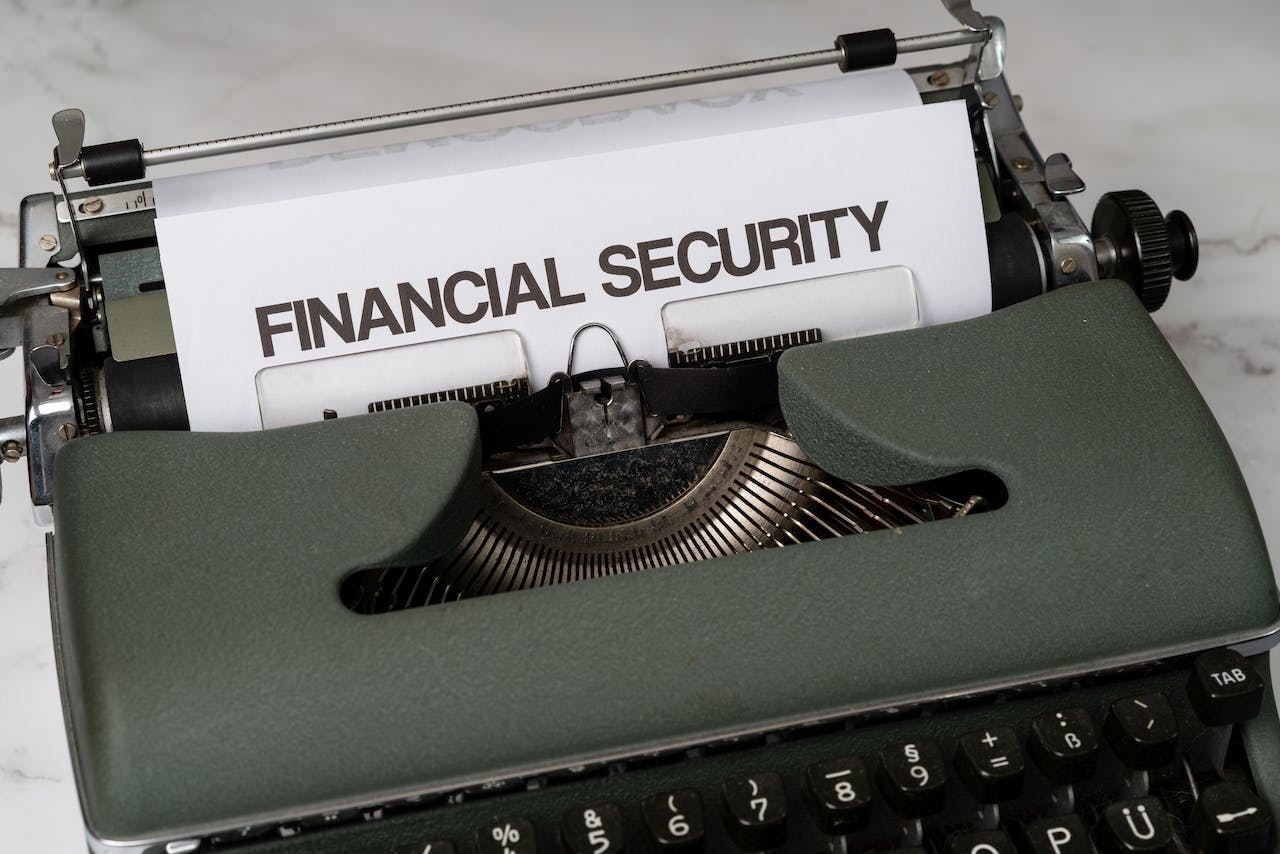The Power of Class Action Investigations
Many people whom large corporations have wronged cannot afford to sue alone. They may have to spend years fighting in court for a paltry sum that might not even cover their legal fees.
In a country where financial resources too often determine outcomes, class actions are essential for overturning this imbalance. That’s why corporate interests want to destroy this powerful litigation method.
They’re a Check on Corporate Misbehavior
While companies generally have no affirmative obligation to conduct an internal investigation of alleged misconduct, regulators and prosecutors often offer leniency or cooperation credit to those who identify, investigate, self-report, and complete an internal inquiry alongside and in coordination with the authorities. Similarly, class action litigation can help resolve thousands of complaints in one case for the cost of a single court filing.
Class actions can be brought on a variety of grounds. In product liability cases, they hold businesses accountable for manufacturing and distributing defective products that simultaneously cause severe injuries to many people. In consumer class actions, they have companies responsible for scamming or harming consumers. The primary goal of these and other types of lawsuits is to correct misconduct.
However, many individual cases need more value to warrant the expense of hiring a lawyer and filing a separate lawsuit. For example, a company might charge illegal fees to millions of customers whose damages are only $50 each, so it would not be worth the time and expense for each person to file an individual lawsuit.
A delay in opt-ins and low response rates can subtly shift the focus of class action litigation away from compensating victims for their harm and toward punishing wrongdoers and deterring future misbehavior. This is particularly true in cases where defendants must pay the plaintiff attorneys a significant share of the settlement distribution.
They’re a Way to Address Systemic Harm
The power of class actions has long been a target of business advocates trying to undermine support for these lawsuits in Congress and the media. By attacking them, they seek to obscure the fact that, without class action investigations, companies that cheat customers or mistreat employees would often get away with it.
Class action investigations are the only way a court can resolve many individual cases against a single defendant when each case involves a common legal and factual question. For example, when a bank violates the law and charges millions of customers unauthorized fees, it would not be cost-effective for each customer to file a lawsuit against that bank, especially given the small amount of damages involved. But a class action investigation, brought by an experienced attorney, can hold the bank accountable to millions of customers at one time.
A product liability lawyer in New York can be an invaluable partner for individuals pursuing class action investigations related to personal injury, product liability, and consumer protection. With extensive experience, these legal professionals are skilled at assembling and managing investigative teams to thoroughly examine the issues at hand. In addition, they assist clients in identifying, contacting, and vetting potential plaintiffs for class actions, ensuring that those who join the suit meet specific eligibility criteria, such as demonstrating the harm they’ve experienced and fulfilling financial requirements.
They’re a Way to Harness Strength in Numbers
When harm affects numerous people at once, class action lawsuits are one of the few ways for individuals to bring legal action. This allows many cases to be consolidated into just one point, saving money for everyone involved (lawyers, courts, and defendants) while addressing the harm at a larger scale.
In a country where the legal system often decides outcomes based on financial resources, class actions are essential for overcoming the barriers that keep people from getting justice. However, opponents of class action lawsuits are fighting hard to undermine these powerful tools by adding unreasonable new obstacles to their certification.
While those opposed to class action lawsuits may give value-based reasons to do so, it’s clear that their primary concern is preserving the profits of large corporations. To this end, groups like the U.S. Chamber of Commerce have long been working to limit the effectiveness of these suits by targeting a crucial step in their process: class certification.
At Public Justice, we fight against these unjust limitations on class action lawsuits. For example, we recently served as co-counsel in Cherry v. Dometic, an appeal of a decision to deny the class certification of a consumer lawsuit against a refrigerator manufacturer that allegedly sold refrigerators that corroded quickly and released toxic fumes.
They’re a Way to Hold Corporations Accountable
Class actions allow multiple plaintiffs to band together and sue on behalf of themselves and others who have suffered the same or similar physical or financial injuries. Because a judgment or settlement in a class action binds all class members (even those unaware of the lawsuit), courts need to ensure that these cases are properly adjudicated and followed through with procedural protections.
Class action investigations can be a powerful tool to hold corporations accountable for wrongdoing, including fraud and consumer protection violations (e.g., on behalf of bank customers who were charged unauthorized fees), environmental protection, securities fraud, employment discrimination, and anti-competitive business practices. While many class-action plaintiffs are ordinary consumers and workers, a lead plaintiff is usually chosen as a spokesperson for the lawsuit.
In addition to ensuring that each case is filed with a thorough complaint, class action lawyers often send letters to potential class members asking them to sign up for the lawsuit. While this may seem inconvenient, it’s a necessary part of the legal process to ensure that class action law firms can reach enough eligible people to participate in the lawsuit.
Boxes accompany some of these letters to check that indicate your consent to participate in the class action or to reject the lawsuit. If you receive a letter, it’s essential to consult with an experienced attorney before checking or unchecking the box.





